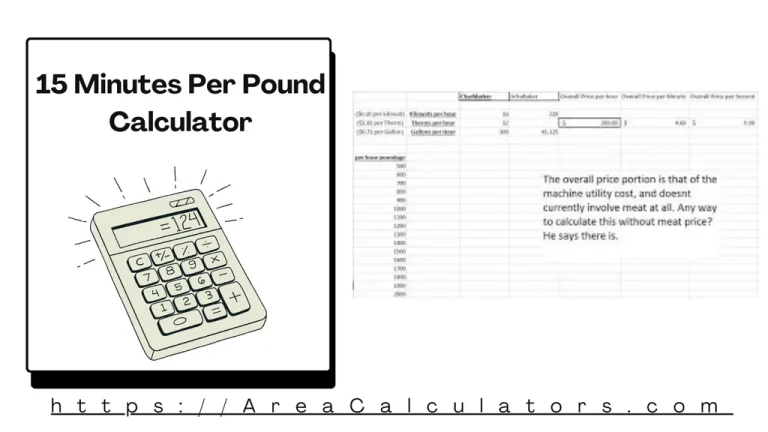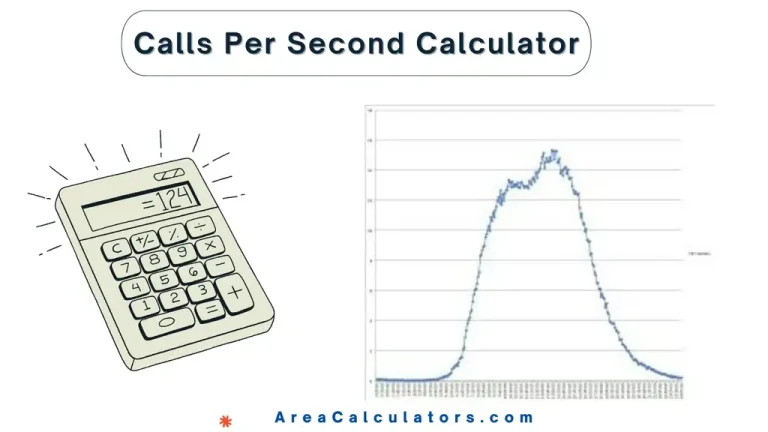Type I Error Calculator
Multiply the chosen significance level (α) by 100 to determine the probability of a Type I error as a percentage.
The Type I Error Calculator is a specialized tool crafted to evaluate the probability of committing a Type I error, also known as a “false positive,” in hypothesis testing.
This tool is invaluable for statisticians, researchers, and students conducting experiments or statistical analyses, ensuring robust and accurate decision-making processes.
Using this calculator is straightforward. Input key values such as the significance level (alpha) and other statistical parameters, and the tool computes the likelihood of rejecting a true null hypothesis. This precision simplifies hypothesis testing and aids in understanding the balance between Type I and Type II errors.
This calculator has broad applications across various fields. Researchers use it to assess the reliability of experimental results. It is integral in clinical trials for determining error rates in medical testing.
Academics and students utilize it to understand hypothesis testing concepts and validate statistical outcomes. Additionally, industries such as quality control and finance rely on this tool to mitigate decision-making risks.
Final Words
The Type I Error Calculator is an essential resource for performing accurate hypothesis testing. By providing precise calculations, it enables users to evaluate statistical risks effectively, improve experimental reliability, and make informed, data-driven decisions.






